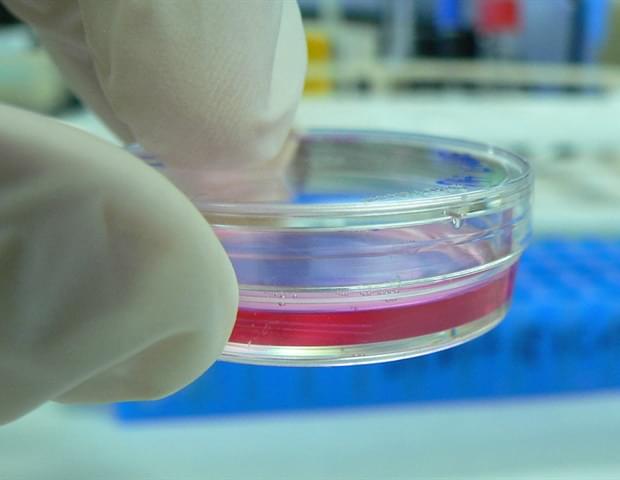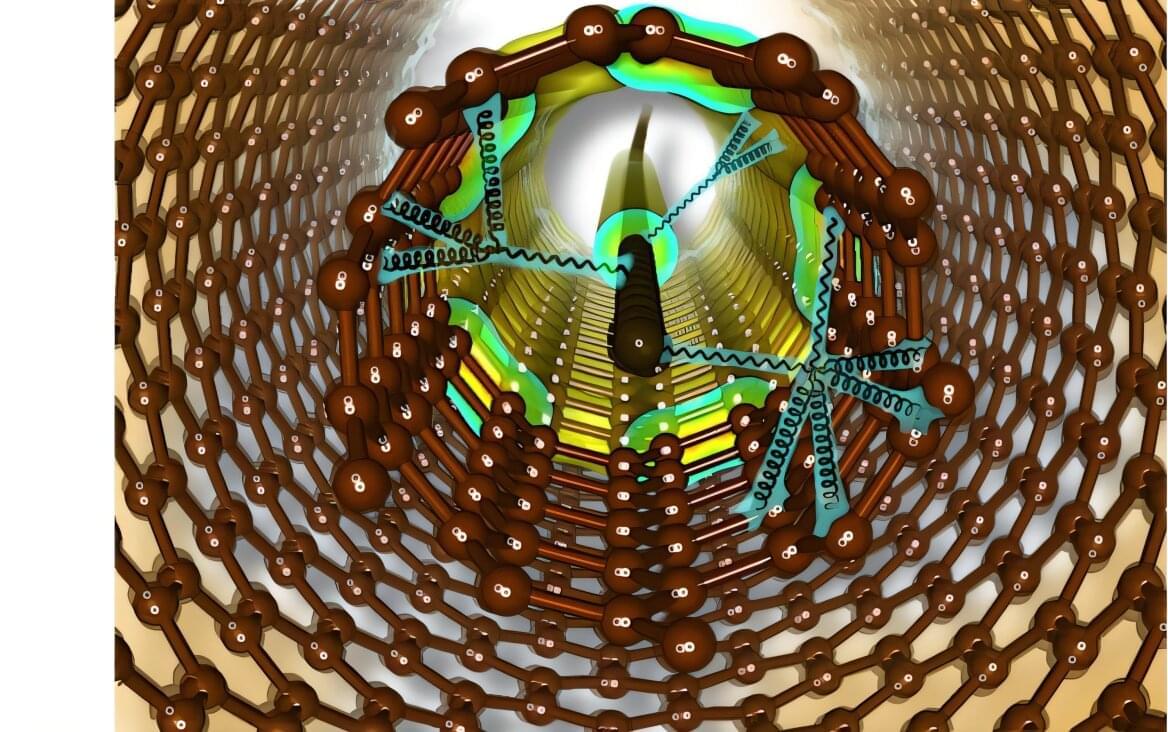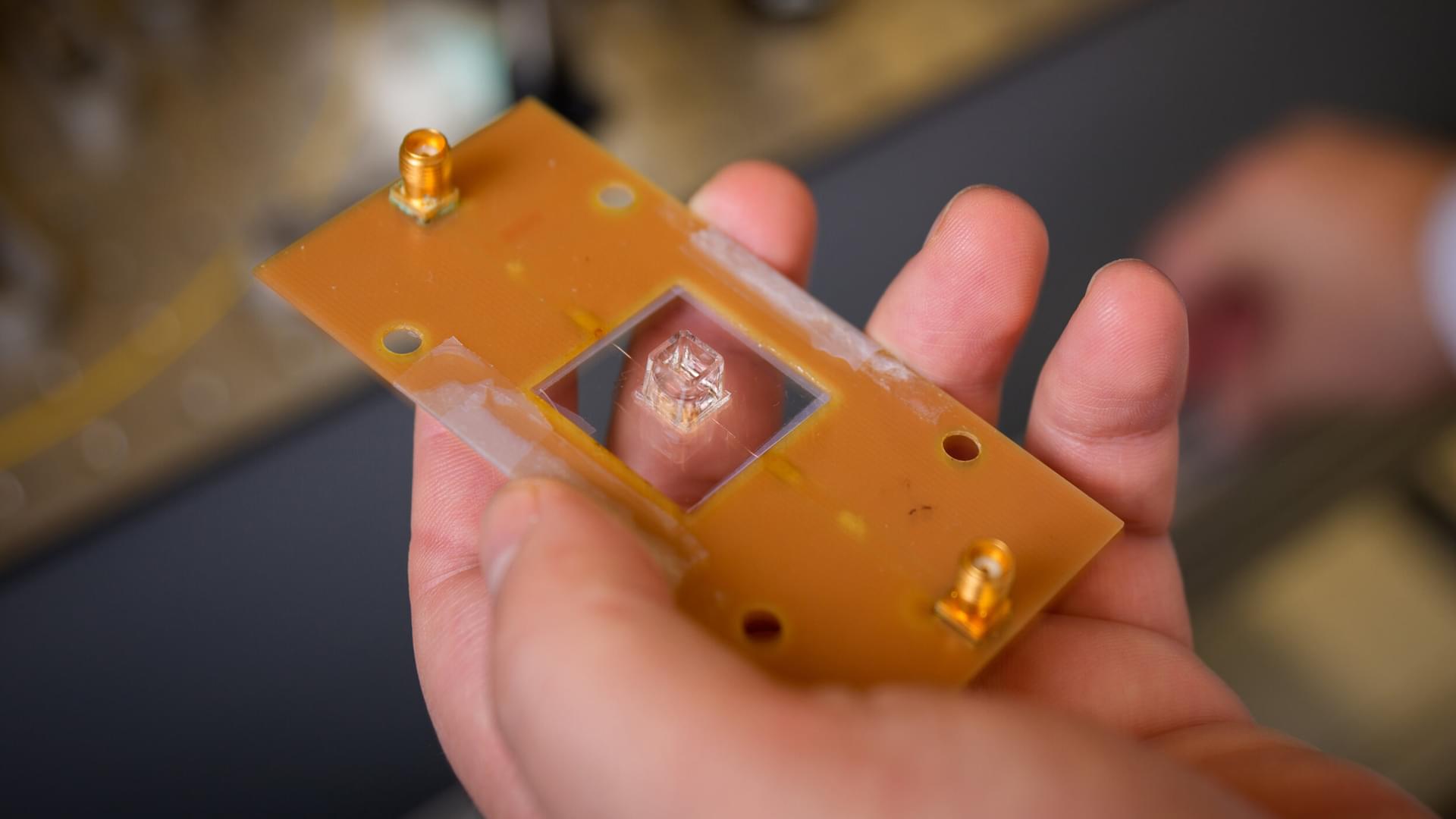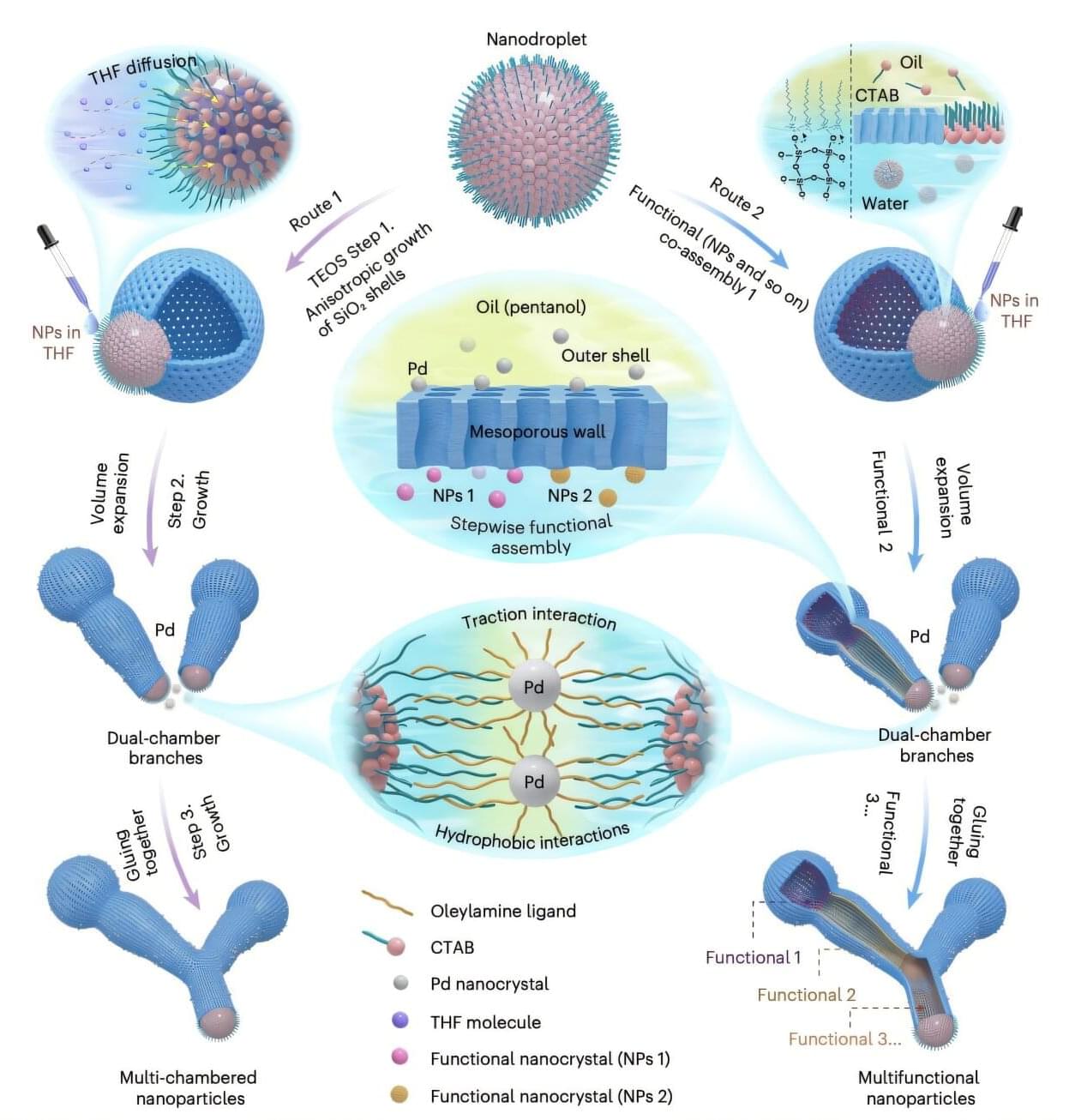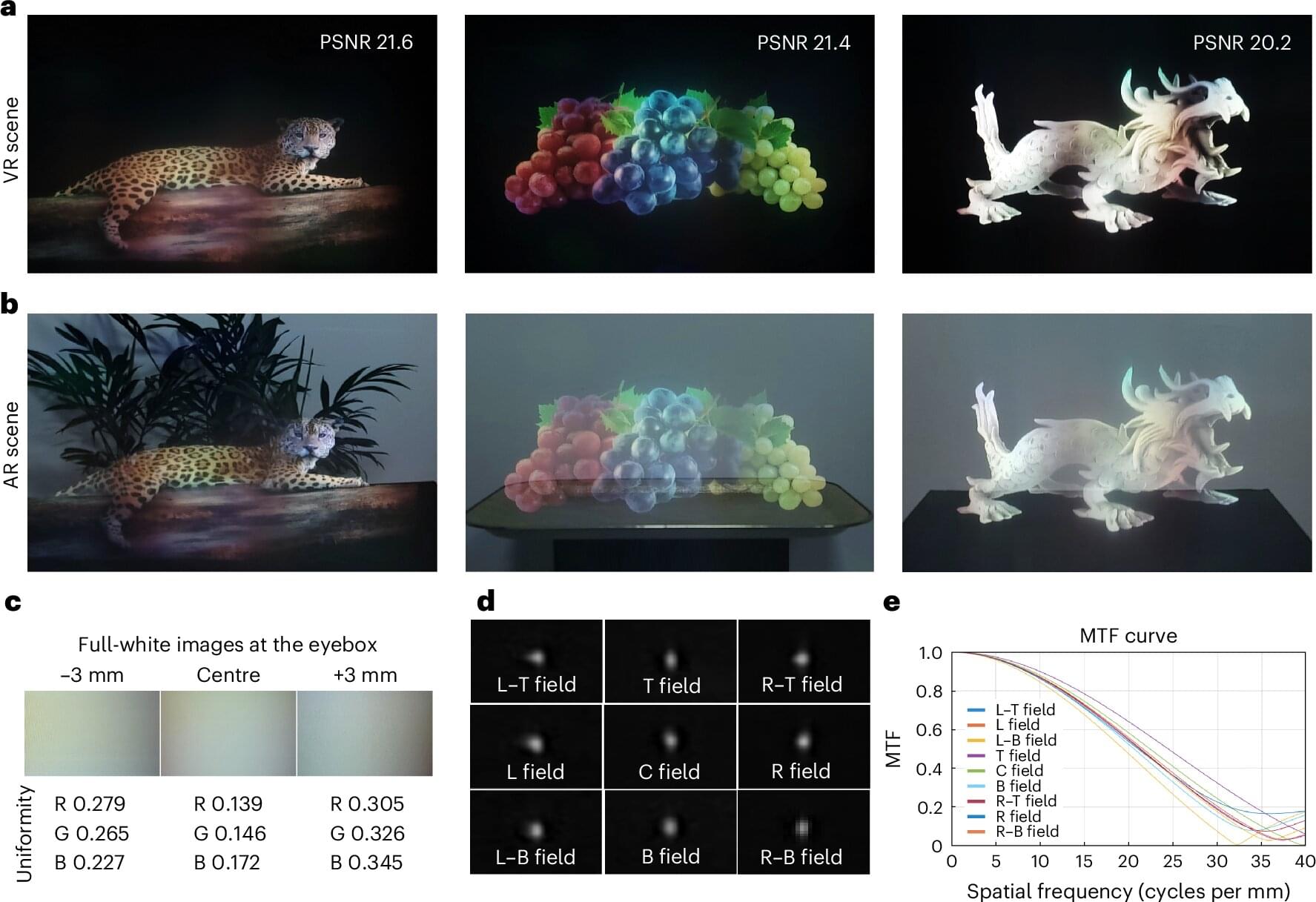Researchers from the RIKEN Center for Quantum Computing and Huazhong University of Science and Technology have conducted a theoretical analysis demonstrating how a “topological quantum battery”—an innovative device that leverages the topological properties of photonic waveguides and quantum effects of two-level atoms—could be efficiently designed. The work, published in Physical Review Letters, holds promise for applications in nanoscale energy storage, optical quantum communication, and distributed quantum computing.
With increasing global awareness of the importance of environmental sustainability, developing next-generation energy storage devices has become a critical priority. Quantum batteries—hypothetical miniature devices that, unlike classical batteries that store energy via chemical reactions, rely on quantum properties such as superposition, entanglement, and coherence—have the potential to enhance the storage and transfer of energy.
From a mechanistic perspective, they offer potential performance advantages over classical batteries, including improved charging power, increased capacity, and superior work extraction efficiency.


